Sagara Boot Review: How Do Indonesian Boots Hold Up?
I have a longstanding obsession with Indonesia.
I live in New York City, but I grew up in Australia, where Indonesia is our largest neighboring country. Our relationship with them has always been fascinating — they’re ten times our population and over 87% Muslim — and I actually had a job lined up at a newspaper in Jakarta before I wound up in Manhattan instead.
Indonesia’s a very interesting place, which is why I visited West Java to pick these boots up in store and learn more about their boot industry.
The country was a Dutch colony for over a hundred years, and one thing the Dutch brought with them was a love of traditionally made European leather boots. (I’m obviously simplifying the ins and outs of colonization here; we’re just talking about boots.) That industry took root, and after the Dutch left in the 1940s, it remained and flourished.
Now, Indonesia has a special place in the world of high-end footwear as the place to get boots that are handmade to a degree that’s almost impossible anywhere else — at least at this price.
Sagara Bootmaker, based in the West Javan capital of Bandung, is among Indonesia’s most popular brands, and I was so interested in their story that I actually interviewed their founder as soon as I launched this website in 2018. My fascination remained, and after meeting founder Bagus Satriow in Bandung last Fall, I spent a month in his most popular boots to bring you this review.
[Related: The 8 Best Indonesian Boot Brands]
The Pros and Cons of Sagara Bootmaker
After a month in these boots and a visit to their workshop, here’s what you should know.
Pros
- Completely customizable: basically everything I’m describing can be changed if you want to.
- Handmade to an extremely rare degree: hand lasted and hand welted, embodying great skill and labor.
- Rare leathers and construction methods available: Want a Sharkskin boot with a Norwegian welt? Done.
- Well priced for a boot with these specs.
Cons
- They are not the world’s cheapest boots because they must be handmade without typical modern machinery.
- Expect to wait several months for your order.
- Ordering over e-mail or WhatsApp with a PayPal transfer might not feel secure to some guys compared to standard Shopify orders.
- Likely not worth it for guys who don’t care about high-end craftsmanship. There are boots you can get for faster and cheaper.
Why Boot Guys Love Indonesia
I really want to frame this review properly, so for those who don’t know, the Goodyear welt machine’s invention in 1869 enabled us to make welted, resoleable boots much more quickly, replacing the need to do them by hand.
But there are purists out there — and Indonesia’s market is the American boot purist, making up more than half of their business — who prefer the older hand welting method. It’s more laborious and requires more skill, which makes it sought after by guys who like wearing embodiments of hard won expertise.
This philosophy extends to the rest of the product as well. As you’ll see in this review, there are many elements of my boots that you’re unlikely to find anywhere else: hand welting, Norwegian welts, vegetable tanned horsebutt leather, Dr. Sole soles, double leather midsoles, and more.
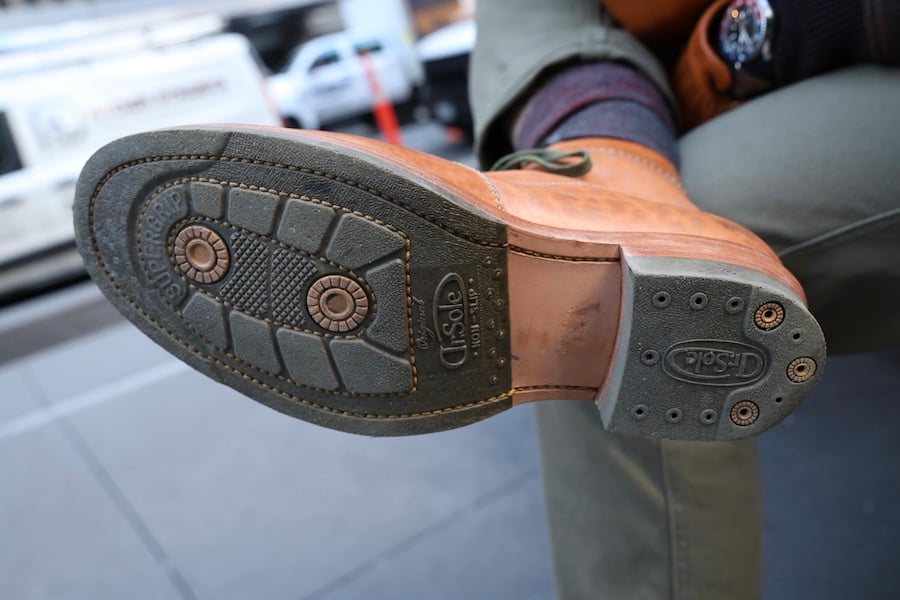
When I asked Bagus why Indonesian boots are so popular, he answered,
Maybe it’s because we do all the process by hand. As you can see, we don’t have the big stinking machinery.
I’ve visited a lot of boot factories, and a lot of the ones that say they’re “handmade” still use a lot of machinery. For example, if you check out my trip to Carmina’s factory in Spain, you’ll see everything from machines that laser cut insoles out of hides to multiple lasting machines for the front, back, and sides of their Chelseas. These machines help those Chelseas curve in just the right ways, and there’s nothing wrong with making boots like that.
But Sagara and similar Indonesian brands are so handmade that they don’t have Goodyear welting machines or lasting machines. They don’t have ovens to soften leather on lasts like Tricker’s.
“When we do the hand lasting, we don’t have heaters or an oven, we don’t force the leathers to mold to the shape of the shoe last, we let them cure naturally,” says Bagus. “We keep them in the last for almost three weeks so they can mold perfectly.”
It takes almost a month for one boot to be made, and the staff of five can only make 10 to 15 boots a week.
[Related: The 10 Best Dress Boots]

Are Handmade Boots Better, Though?
So, there are practically countless ways that Sagara’s processes are very, very old fashioned.
Does that make a better boot?
Well, when it comes to lasting — pulling the leather over the mold of the foot — Bagus says:
The machines cannot control the tension the way you can when making by hand, where you can feel how much the leather wants to be stretched.

It’s also been argued that the way hand welting uses just one thread looping in and out of the welt makes it more durable and less likely to break at certain areas. Hand welted boots also require thicker insoles because the maker must cut into them to create the channel. Sagara’s are 4.5 millimeters thick, and they also use midsoles that are the same thickness. A hand welted boot has more leather and less empty space supporting your feet.
Indeed, my Cordmaster boots have two midsoles in addition to the insole, so I have more material to mold and conform to my feet and produce a “custom made feeling” fit. After a month of wearing them, I have sunk into all that leather, and my arch is very well supported, more so than I’ve felt with boots that have less beefy or more synthetic materials.
All of this matters to some people. A lot of people, actually, because Sagara’s business is thriving.

Sagara’s Cordmaster Boot
- Lace to toe “monkey boot” style
- Norwegian hand welted
- Two leather midsoles
- Undyed, vegetable tanned horsebutt leather from Italy’s Maryam tannery
- Heavy (1,150 grams each)
- Every single thing here can be customized, altered, and substituted
The lace to toe, flaming orange Cordmaster is the Sagara boot. (They’re also well known for their boondockers and their Trailmaster hiking boot, but the Cordmaster is the top seller.)
It embodies so much of what people tend to get from Indonesian makers or what the Indonesian boot buyer gravitates toward, which are overbuilt boots.
It’s lace to toe (a.k.a. a monkey boot), a design inspired by military boots invented during World War 2 in either Poland or Czechoslovakia. The benefit of monkey boots is that you can adjust the fit all up and down the boot. In that way, it’s like the opposite of a Chelsea boot.
I also need to mention this side patch here on the inside of each boot, called a lineman patch. It’s largely decorative for the average customer, sure, but Bagus said it was inspired by lineman boots, which featured such a patch because they’d abrade the inside of their boots when climbing utility poles.
My boots have not one but two leather midsoles, so they feel incredibly sturdy underfoot. It’s certainly less flexible than a single midsole (which is sufficient for just about everyone), but people like that “overbuilt” feeling of such boots. Plus, some guys find that if they work in challenging conditions or they’re big and tall, a double midsole can provide more support.
They also add more weight, as does the leather and the build. For reference, a Thursday Captain boot weighs about 775 grams, my Red Wing Iron Rangers are 885 grams, and the Cordmasters are 1,150 grams.
Don’t want two leather midsoles? Prefer not to have a lineman patch? Love these boots but not the lace-to-toe style? Change it. Absolutely everything’s customizable. This is a review of Sagara’s most popular boot and how they typically make it, but nothing is set in stone when you’re ordering from these guys.

Maryam Tannery’s Vegetable Tanned Natural Horsebutt Leather
One reason for the weight is the extremely thick leather. Every bootmaker I visited in Bandung told me that right now, this is the go-to leather for their boots: natural (that means undyed) vegetable tanned, horsebutt leather from Italy’s Maryam tannery.
It’s over 3 millimeters thick (at least 50% thicker than Red Wings), and it’s very stiff because of the thickness, the fact it’s vegetable tanned, and the fact that it’s made of a horse’s butt. I’ve worn these for over a month, and it still rubs my shins the wrong way sometimes.
But it is gorgeous. You get a really cool honeycomb effect on the hide, and because it’s natural leather, it gets a patina very quickly.
“It ages very, very fast,” said Bagus. “Seriously, you will find this patina to medium brown in just half a year.”
Sagara’s Norwegian Welt
- ~4.5 mmm thick, vegetable tanned insole
- Two of those for the midsole
- Double ribbed steel shank
- Dr. Sole Outsole
- Norwegian handwelt
You are incredibly unlikely to find a Norwegian welt anywhere outside of Indonesia. Hand welting is already super labor intensive, Norwegian hand welting makes it even more so: it takes 2 hours for them to do it, and these are highly skilled guys.
This construction demands more precision, additional preparation time, and tighter stitching on the inseam compared to a regular flat welt. It’s a lot to really break down but in essence: the upper is stitched down under the welt and the stitching on the welt is a two- or in this case three-row braid, making a very distinctive look that connects the welt to the upper.
(There’s some debate as to whether Norwegian and Norvegese construction are different. Bagus says Norvegese doesn’t have a welt, but I’m trying to keep from going too far into the weeds. Trying and failing.)
The point of the Norwegian welt is that it’s about as waterproof as you can make a boot, or it was before we invented Goretex and other such modern materials.
Now… Obviously, I like Sagara. I met the shoemaker. I like him. It pains me to say this. But I stomped around in puddles in these on several occasions, and my socks got wet.
So, I don’t know what to tell you there. I wouldn’t be honest if I didn’t relay that I got wet socks in these. Sorry, Bagus!
[Related: Watch me learn bootmaking by hand in Guatemala]
Sagara Cordmaster, the Price and Ordering
- My boots were ~$600
- Cheaper if you use local leathers, simpler construction, etc.
- Their cheapest option, a plain service boot with a single midsole and local leather, is $330
Sagara has a website, but like most Bandung boot brands, not a lot of attention is paid to it. If you want to explore your ordering options, you need to go to their Instagram and send them a DM or email [email protected]. It sounds risky, but Sagara’s reputation is ironclad.
My Cordmasters, near the top of the line for Sagara, cost $600. Some of their boots, like the Trailmaster, get made with whole cut shell Cordovan and cost more.
To put that into perspective, there are a lot of American made brands like, say, Oak Street, that will sell you Goodyear welted boots (as in, not hand welted) with less expensive leather (Horween’s Chromexcel), and they’ll charge over $600. The same can be said of Nicks boots, which are made in Washington state. My Urban Loggers cost $609 at a minimum. This is largely because they’re made in America, and labor is the vast majority of a boot’s price.
So, while the average person will think $600 is expensive, those two US brands cost more and have less complex and expensive materials and construction. If the Cordmaster were made in the United States, it’d be well over a thousand bucks.
So it is a good price if this is what you want.

You can get simpler boots from Sagara, and they’ll cost less. They told me a single midsole boot with a flat welt and Indonesian leather will cost $330 in 2024.
It’s worth emphasizing that it still won’t be a 1:1 comparison with, say, a Red Wing or Thursday boot. Those are machine lasted, and Goodyear welted, which Sagara can’t do because they don’t have the equipment. If they did, they could make you this boot for under $200, but since they have to be very handmade, you won’t find an Indonesian boot for under $200. (Not anymore.)
So, again, if you want a handlasted, hand welted boot, Sagara is great value. If you just want some boots because you have two feet and sometimes walk in the rain, you can get them cheaper elsewhere.
Sagara Bootmaker Sizing
This company likes to use European sizes on their boots.
I’m about an 11.5 on a Brannock device, and that’s broadly agreed to correspond to a 45 in European sizes. That’s what I ordered in Sagara, and it fit.
When you order, it’s not a bad idea to measure your foot’s length, width, and ankle circumference a couple of times and send the info with your order to make sure you’ll get the right size.
The Verdict
There’s so much to love about the Cordmasters: thicker leather and midsoles than any other boots I own, a distinctive style, rare tannery, rarer construction style, and they’re so customizable it’s honestly hard to criticize much about them. Sure, the double leather midsole is heavy and inflexible, but if that’s going to bother you, just ask for a single midsole. (And so on.)
The main downside is the lengthy order time, and some guys won’t feel comfortable going through the process over e-mail or Whatsapp instead of a Shopify store. That’s a reasonable concern for newer, smaller brands, but Sagara’s reputation is bulletproof and there’s a reason they’re always in the conversation about the world’s highest end boots. They do it right.

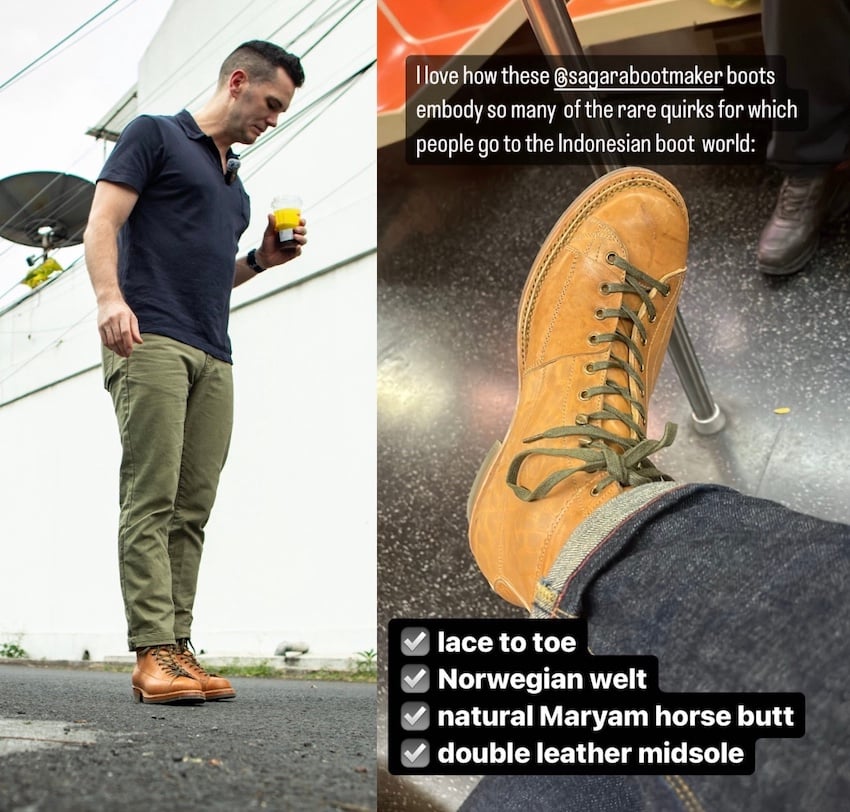

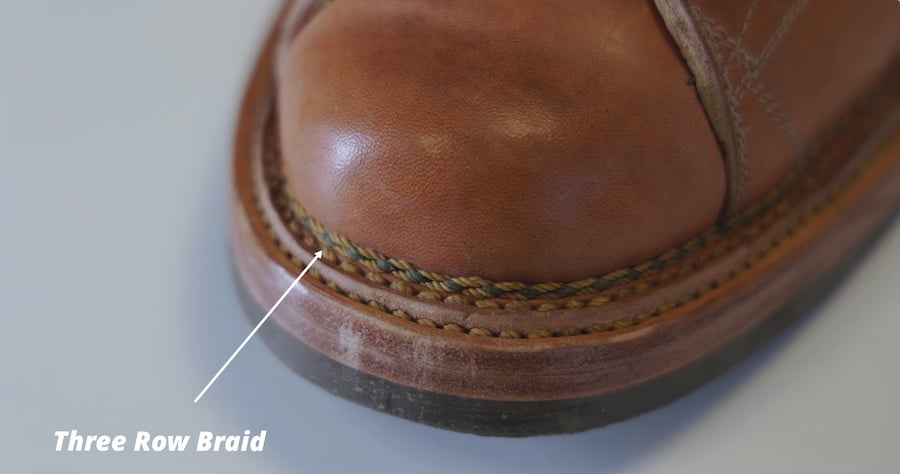



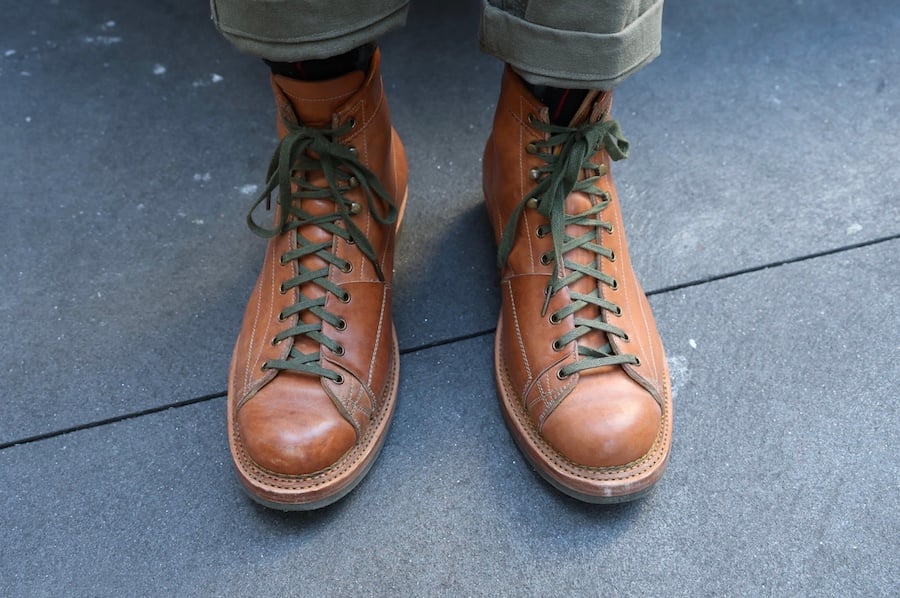
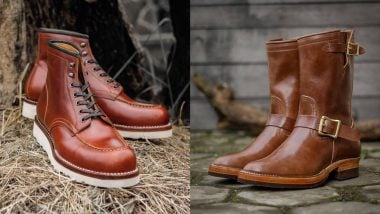
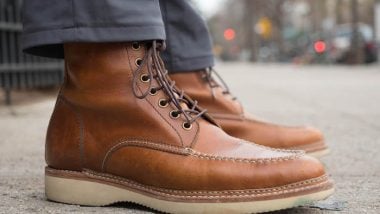
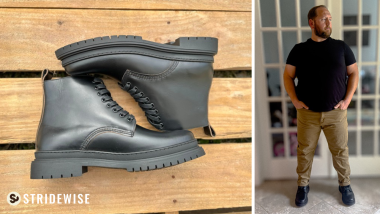
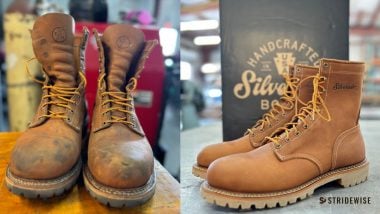
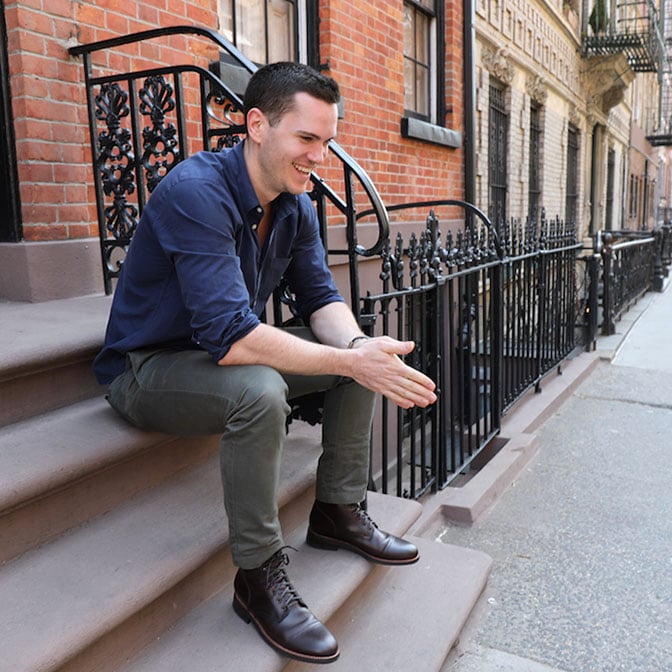
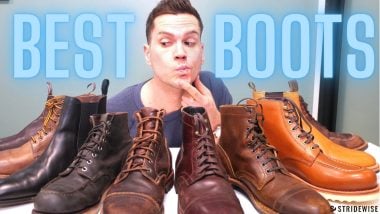
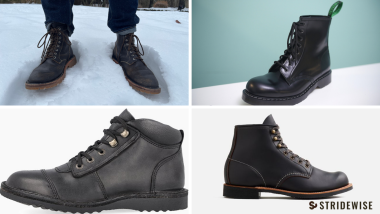


Join the Discussion